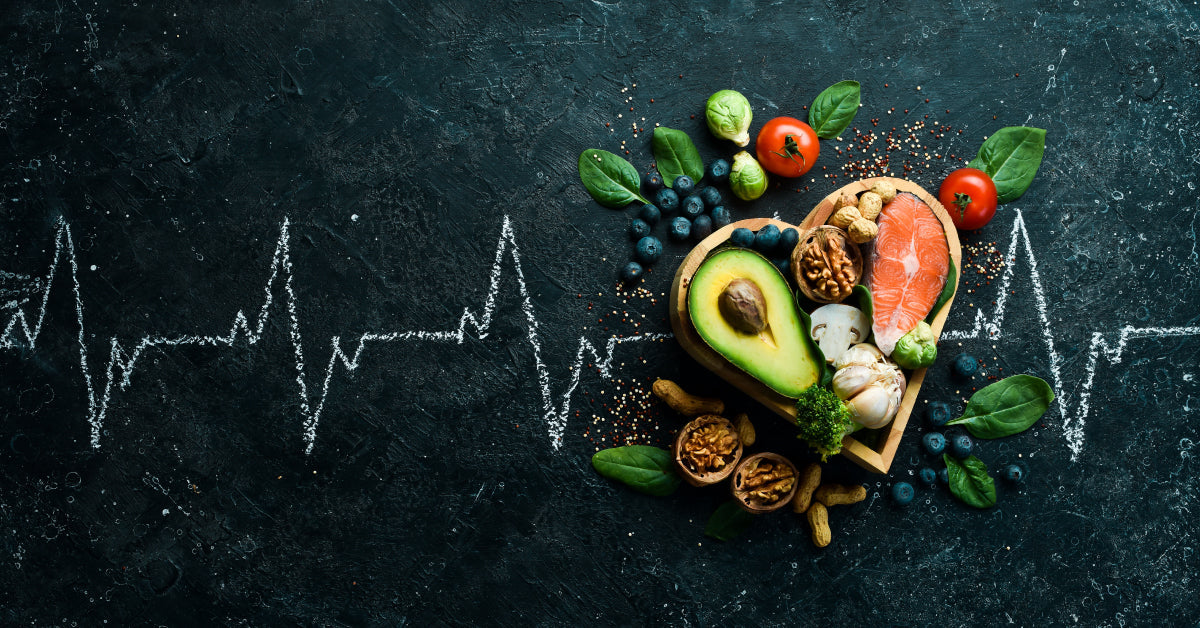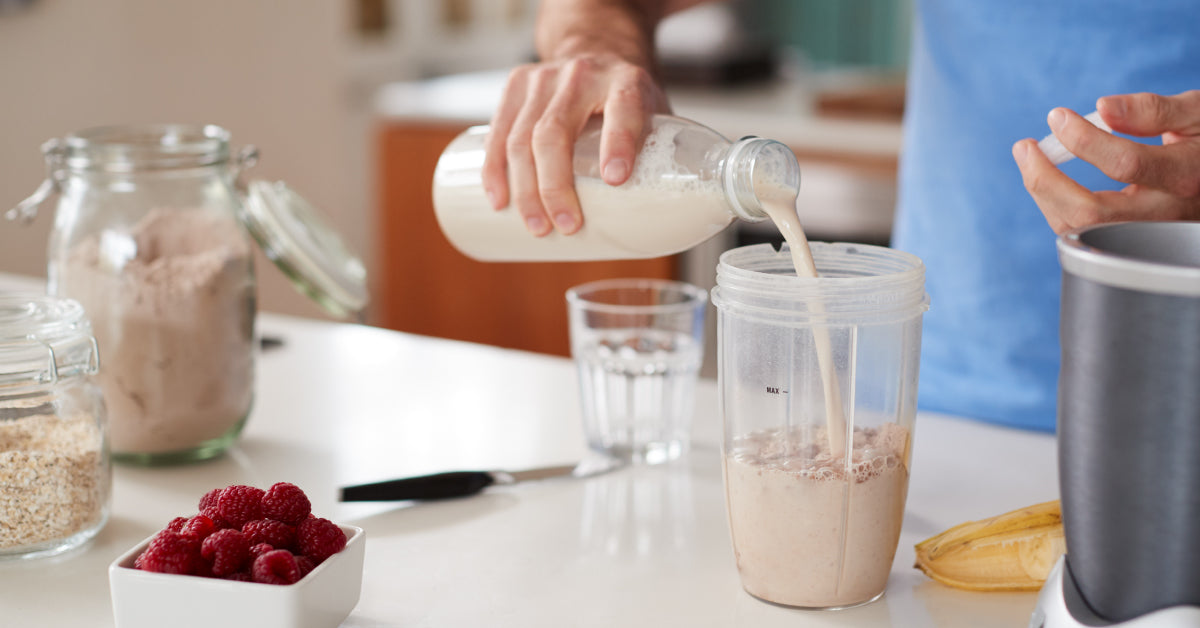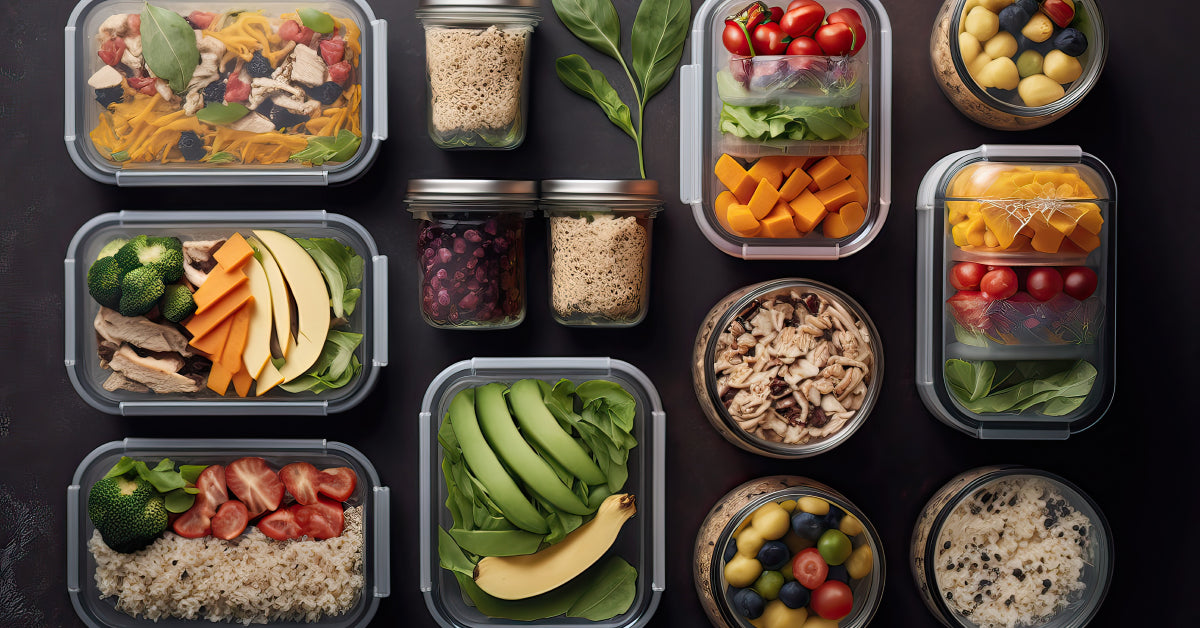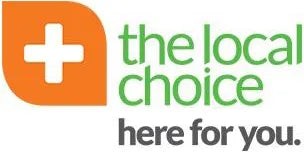
by Freda Coetzee
Budget-Friendly Low-Carb: Wallet-Slimming Strategies
Don’t let financial strain stand in the way of your weight loss journey. Carbohydrate counting is an eating plan that involves taking note of how many carbs are present in your meals and snacks. The amount of carbs a person should consume to lose weight depends on their individual goals, activity level, and overall health. For men, the recommended daily intake of carbohydrates is 225 to 325 grams per day. For women, the recommended daily intake is slightly lower at 200 to 300 grams per day. While starchy, sugary, and refined foods can be high in fat and empty calories, low-carb choices are healthier and can help with weight loss. But low-carb diets can be painfully expensive. Low-carb foods can be way pricier than sugar-filled delights and fast food. Tips for following a low-carb diet on a budget Choose your protein carefully Eating protein can help with weight loss but meat is pricy. When selecting what type of meat to purchase, you should carefully consider your options. Beef rib eyes can be quite expensive, so you may want to try more budget-friendly cuts like rump or roast. Chicken thighs are typically less expensive than boneless, skinless breasts. Compare prices at different stores in your area and don’t be afraid to try out some new, more affordable cuts. You can also try to incorporate some meatless meals into your diet. Beans and legumes are a great source of plant-based protein that is much more affordable. Eat lots of non-starchy vegetables If you are on a low-carb diet, it can be easy to forget about incorporating vegetables into your meals. To add more variety to your plate, try adding non-starchy vegetables such as cauliflower, squash, and zucchini. You can use cauliflower to make rice or mashed potatoes, and you can use squash and zucchini to make noodles. Best of all, veggies are usually an inexpensive option, making them ideal for those on a tighter budget. Make it yourself Low-carb bread or pasta are pricy items. You might feel elated when you walk into a health shop – there are usually a vast amount of wonderful health products, but your enthusiasm can dwindle quickly if you look at the prices of the items. Luckily there are many low-carb recipes out there for bread, bagels, and other foods. You can make it yourself and save lots. Find recipes that use basic ingredients If you’re looking for low-carb recipes, you may come across recipes that require you to purchase exotic and expensive ingredients. However, if you’re on a budget, it’s important to keep in mind that it is best to look for recipes that use simple ingredients. This way, you don’t have to buy a vast amount of expensive products. Stick to basic ingredients and save money. Shake it up An easy and affordable way to curb your carb intake is to replace meals with a healthy shake. You can use low-carb ingredients and try Manna’s Low GI Shake. This product is a perfect meal in a glass, and can help you to curb food and sugar cravings, suppress appetite and control blood sugar levels. Takeaway A good way to lose weight is to cut down your carb intake but following a low-carb diet can be pricy. Luckily you can cut costs by choosing your sources of protein carefully, filling up your plate with non-starchy veggies, and making your own food by using basic ingredients.














